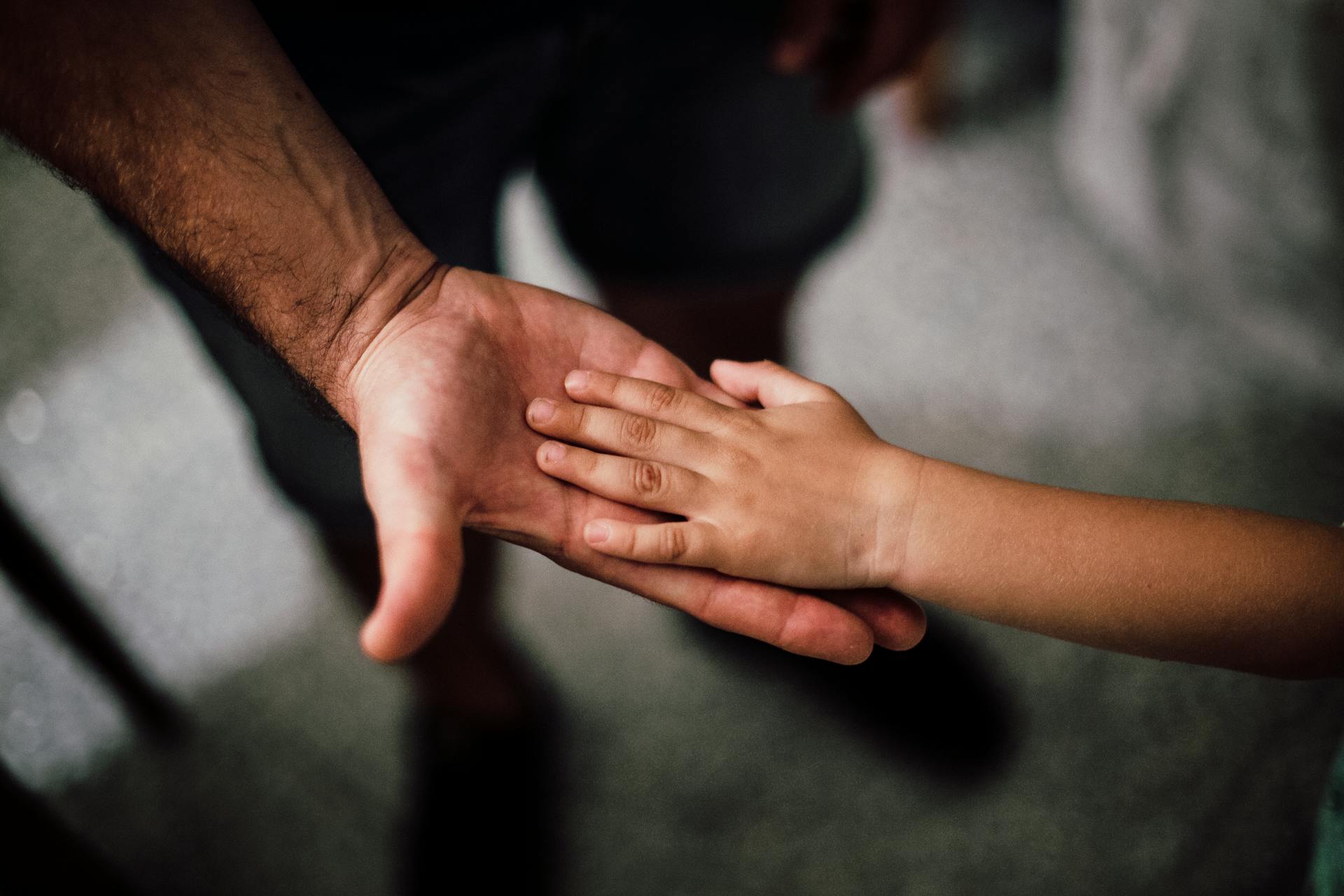Child custody is usually the most important matter to settle when parents separate. Understanding Ohio’s custody laws and the legal options available can help you navigate the system without unnecessary delays or disputes.
The bottom line is that, regardless of the circumstances, you will need to deal with the Ohio family court system to get legal custody of a child.
As with all legal issues involving children, the child’s best interests must be prioritized. This standard underpins all decisions and parents must bear it in mind when considering the types of custody, the legal steps required to obtain custody, and the main factors considered when decisions are made.

Understanding Child Custody in Ohio
“Child custody” in Ohio may refer to either of two general types of custody:
- “Legal custody” is now called “parental rights and responsibilities” in Ohio and refers to the parental authority to make important decisions for their child’s life, such as education, medical care, etc.
- “Physical custody” is now called “parenting time” in Ohio and refers to where a child will primarily live and the other parent’s time with the child (previously called “visitation”)
Beyond these general terms, it’s also important to understand the types of child custody awarded in Ohio:
Sole custody
Sole custody is when the child lives with one parent, who handles the parental rights and responsibilities alone without the decision-making input of the other parent. The non-custodial parent may, however, retain rights to visit the child.
Shared parenting (joint custody)
Shared parenting is the preferred custodial arrangement after a marriage breakdown in Ohio. This is where the child spends approximately equal time with both parents, who are both involved in the main decisions affecting the child’s life. This arrangement usually maintains continuity and stability for the child and is presumed to be in their best interests unless evidence proves otherwise.
Visitation rights for non-custodial parents
Unless parental rights are removed, which is very rare in Ohio, the parent with whom the child does not live usually retains the right to parenting time (visitation). In cases where the child’s safety is considered at risk by contact with the mother or father, parental rights may be removed or supervised parental time may be ordered by the court.
How to get custody of a child in Ohio
In most cases, shared parenting arrangements can be agreed between the parents in a parenting plan. If this is filed with and approved by the Ohio courts during the separation and divorce process, it becomes legally binding.
However, if custody is contested or one parent wants to claim sole custody of the child, greater involvement from the courts is necessary to protect the best interests of the children.
The process of obtaining custody of a child through the court system is as follows:
- File for custody with the appropriate court in Ohio. Most people seek legal assistance to do this because of the amount of legal paperwork and supporting evidence required to justify the request. A custody case should be filed in the county where the child lives in either the Domestic Relations or Juvenile Court.
- Serve the other parent. The other parent must be formally served with copies of the court action so that proper notification is given and an opportunity to respond to the action is provided.
- Attend preliminary court hearings for temporary custody orders to be issued and for opportunities to settle matters through mediation and negotiation.
- Custody evaluations and investigations. If no custody agreement can be reached through mediation, the court may appoint a professional to investigate and evaluate the best custody arrangement for the child.
- Final custody hearing, where a judge will hear evidence from both sides, including witnesses and professional opinions, if necessary, before delivering a verdict on the custody case.
- Finalizing of the court order. Once the verdict is made, a court order will be issued and the custody arrangement becomes legally binding until it is either modified or ended.
Because of the complexities of obtaining custody, most parents consult with a local child custody attorney before acting.
What factors are considered by Ohio courts in custody decisions?
The “best interests of the child” is the standard used when Ohio courts make child custody decisions. Judges will consider the following factors:
- The stability of the home environment
- The child’s relationship with each parent
- Parental ability to meet the child’s needs
- Parental ability to provide a nurturing, stable, and safe home environment
- The child’s preferences (if mature enough)
- The child’s existing ties to the community, school, etc.
- The child’s relationships with other family members
- Any evidence of a criminal history, substance abuse, or neglect by either parent
- Any other relevant factors
FAQs
How long does the custody process take in Ohio?
The child custody process in Ohio can be time-consuming, taking anywhere from three months to two years, depending on the circumstances and caseloads at the court.
Can custody arrangements be modified later?
Yes, child custody can be modified if there are valid grounds for doing so, such as a major change in circumstances of the child or the ability of either parent to fulfill their responsibilities. You may require the assistance of a lawyer to request a child custody modification.
What if the other parent doesn’t follow the custody order?
If one parent fails to follow the custody order, the other parent can take legal action—usually by seeking enforcement measures from the court. If these measures don’t work, the custody order may be modified by the judge or other action taken. A lawyer can help with this process.
Do grandparents have visitation rights in Ohio?
Grandparents may be able to apply to the court for visitation rights to see their biological or adopted grandchildren in some cases in Ohio. However, parents have the right to allow their children to see whomever they want. Grandparents have very few legal rights within the relationship.
Preparation, documentation, and professional guidance are advisable if you’re trying to get custody of a child in Ohio.
Contact Nielsen Miller Law today for a 30-minute consultation or call us at 614-505-5555 to discuss your circumstances in detail and to learn how our experience and resources can work for you.

